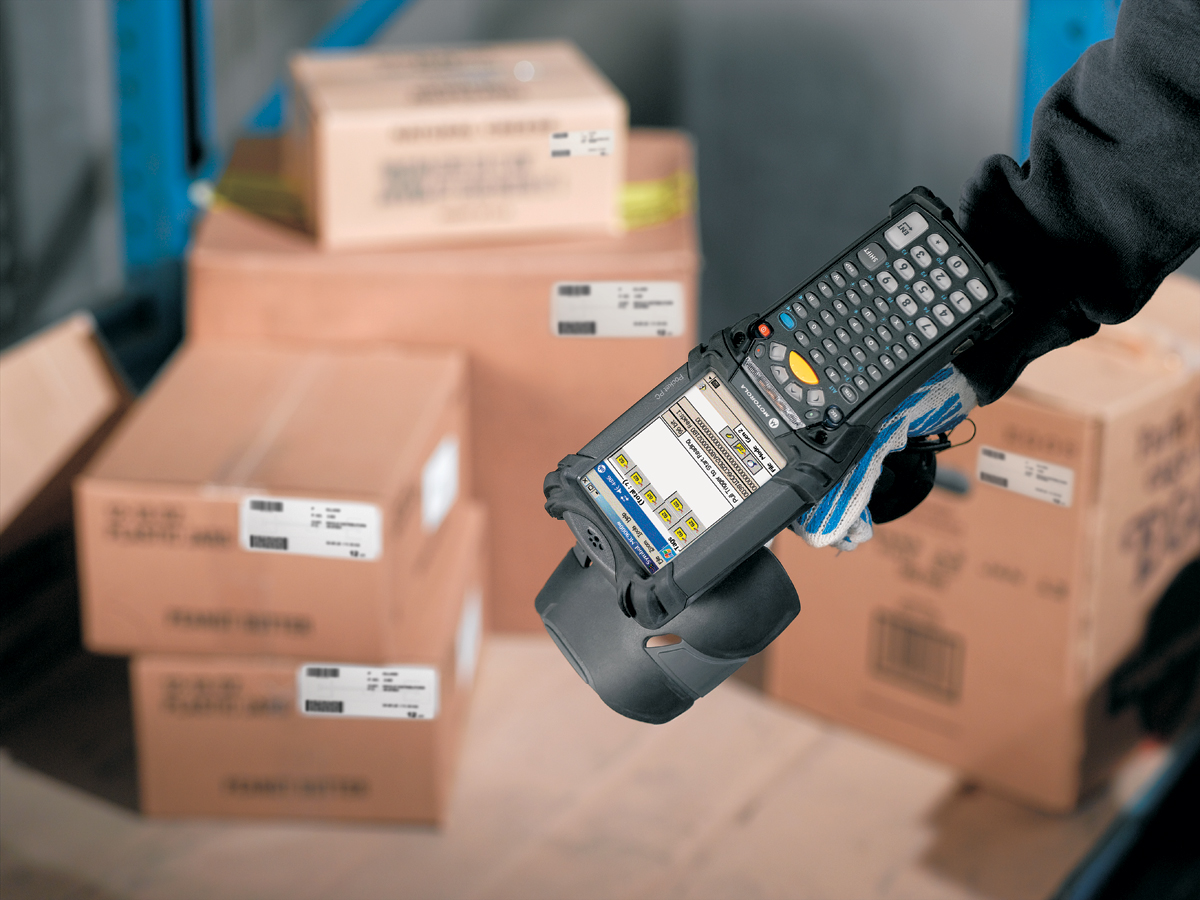4 Tips to Maximize Your RFID Scanner
It is an exciting time. You have just received a new RFID handheld computer (aka RFID reader) and RFID tags to perform your asset tracking tasks and can hardly wait to start playing with them. Maybe you are in a business space with office and IT equipment scattered among cubicles. Or, perhaps you are managing a tool crib or equipment storage facility. Either way, this endeavor you are about to undertake warrants careful consideration and experimentation. Some advice from experts in asset tracking systems can help guide you from the get-go. So before you dive into the project head first, here are a few tips to help you utilize your RFID scanner to the best of its capabilities.
1. Proper RFID Scanner and Tag Positioning
In order to get the ultimate read-range when scanning a RFID tag with a RFID handheld computer, make sure the scanner is held at the same level or height as the tag and at a direct-facing angle. Attempting to “shoot” the scanner from odd angles, as well as below or above the tag, will greatly reduce the distance from which you can scan. The steeper the read angle, the worse the read range will be.
2. The Right RFID Tag for the Asset
Different types of items being tracked require different types of RFID tags. For instance, objects containing liquid or metal-based items need different tags than items such as furniture that are made of plastic or wood. Tags consist of various backings, coatings, inlays, liners, and films designed for specific purposes and environments. Be sure to check with the vendor you are working with so they can supply you with the correct tag for your assets, job functions, and environment.
3. Effective Tag Size
In the case of RFID tag size, bigger is better, or at least more effective. A larger tag enables a longer read-range from the RFID scanner. In general, this is because RFID tags include antennas, and larger antennas broadcast farther than smaller antennas. When determining the tag size to use, consider what is an acceptable scanning distance for your environment. Smaller tags may be less of an eyesore, but could become a pain to scan repeatedly from up close.
4. Task-Based Power Settings
Before scanning an asset, it is best to review your antenna power settings located on all scan transaction screens. In an office space containing dozens of RFID tags, your attempt to scan a few specific items may prove difficult if your power setting is too high. You can selectively control the amount of transmit power applied to each scan on a scale that reflects decibel values. Small changes in power translate to changes in feet and inches of read range, a factor that needs to be considered when performing individual asset tracking tasks such as moving a particular set of equipment to a new location.





